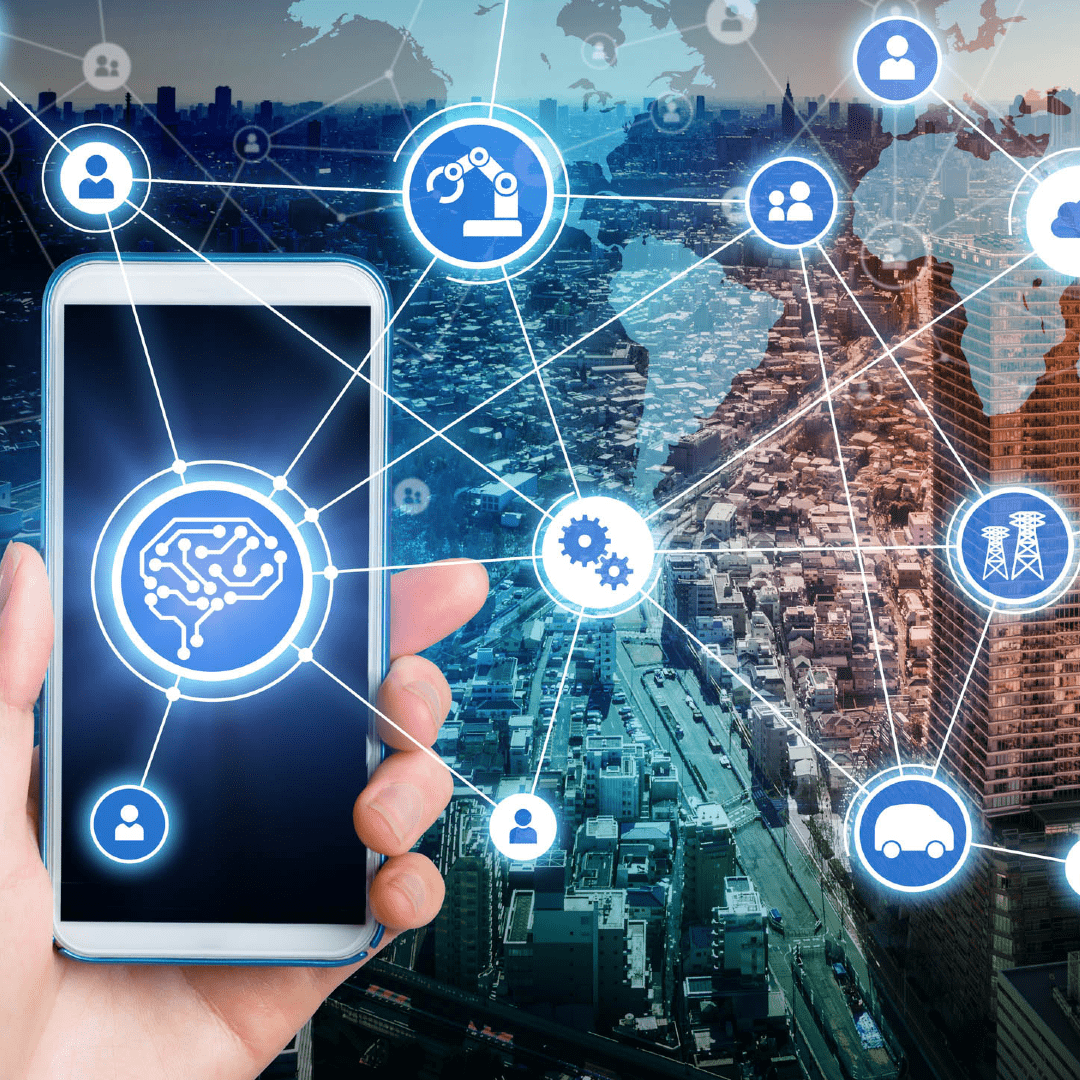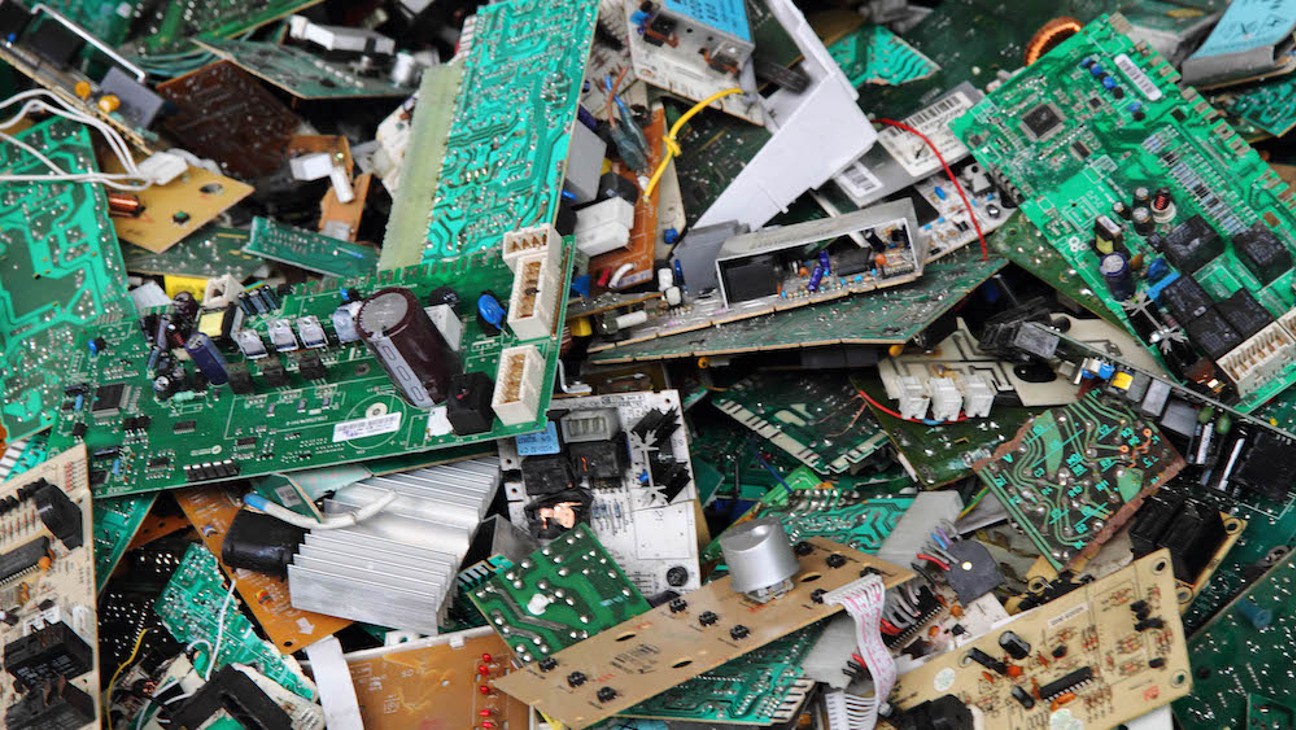How to transition to a digital circular economy
The circular economy is a cornerstone of the European Green Deal. It aims to renew existing production and consumption systems by optimizing the functionality of products and materials, extending their lifespan and minimizing the production of waste and residues.

Circular economy and digital technologies
As digital technologies allow to create and process data and information required for circular business models and the complex demands of circular supply chains, they are an enabler for upscaling the circular economy. The circular goals of optimising functionality on the one hand and developing products-as-a-service, on the other hand, call directly upon digital technologies such as functional electronics, distributed ledger and Internet of Things. The aim of dematerialisation is closely related to the development of digital technologies such as digital twins, artificial intelligence and virtual reality. At the same time, the circular economy provides the necessary long-term sustainability vision that is needed to upscale the digital industry.
In the run-up to the G-STIC conference of 2020, we worked closely together with experts from research and technology organisations that are part of ECERA, the European Circular Economy Research Alliance. ECERA is a voluntary collaboration network that aims to strengthen and integrate scientific knowledge and expertise in the field of circular economy from an interdisciplinary perspective.
As a meeting place for circular economy experts, ECERA provided us with the proper setting for writing a white paper on the digital circular economy. With this white paper, we want to strengthen the link between the digital and circular expert communities, and, as a first critical step, provide a common vocabulary.
Enabling a smart circular framework
The smart circular framework connects data maturity levels to circular economy business maturity. Data science makes a distinction between data collection (the lowest level), data integration (the level where information is created by combining data within the right framework) and data analysis (the top level where knowledge is created from information).
Each of these levels can be linked to specific material management strategies in a circular economy. At the lowest level, data are collected to describe the use of material resources or the status of a product. Data integration then provides a more concise overview, which is critical to move on into diagnostics and assessment. And if we want to set up predictive or prescriptive materials and product management, data analysis is an absolute necessity. That involves artificial intelligence technologies such as machine learning or deep learning.
These increasing levels of data maturity can be transposed to different circular strategies, allowing us to identify maturity levels for maintenance or recycling strategies. The introduction of such a smart circular framework and the related vocabulary enables discussions between IT experts and circular economy experts. It allows us to understand the differences between digital and circular strategies. During our meetings at the G-STIC conference of 2020, this framework has proven to be very valuable in making the digital-circular dialogue more transparent and understandable to both IT experts and circular economy experts.
Revisiting the digital product value chain
But if we are to build a digital circular economy, we also need to review how we are going to integrate circular material management principles into the digital product value chain. Digital products typically use a variety of critical raw materials, while current sustainability strategies in the digital sector mainly focus on energy efficiency and product lifetime (mostly battery lifetime). The rising pressure on raw material supplies, however, makes it indispensable to plan ahead and substantially increase the effort for dematerialisation and urban mining.
Circular economy strategies, therefore, need to decrease the digital sector’s dependency on imported and critical raw materials. With this in mind, we must take urgent action on the modular design and standardisation of electronic equipment, and the functionalisation, tracking and tracing of digital products.

As those elements are further elaborated and discussed in the ECERA white paper, six recommendations are made for research, innovation and investment. Those recommendations relate to the development of a unified data space, data and product standards, a secure data analysis system and strategies for urban mining. The implementation of those recommendations links the European digital agenda to the circular economy action plan and puts us on the road to the implementation of the digital circular economy.
